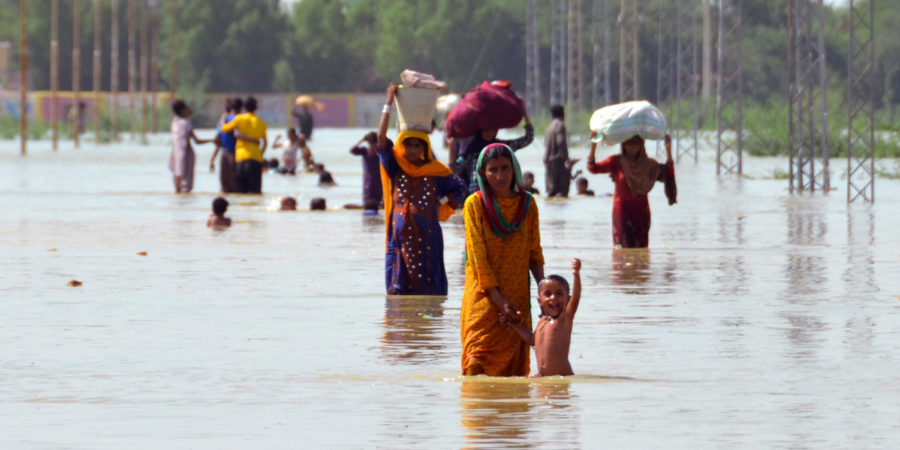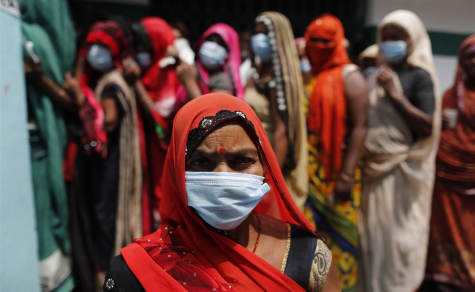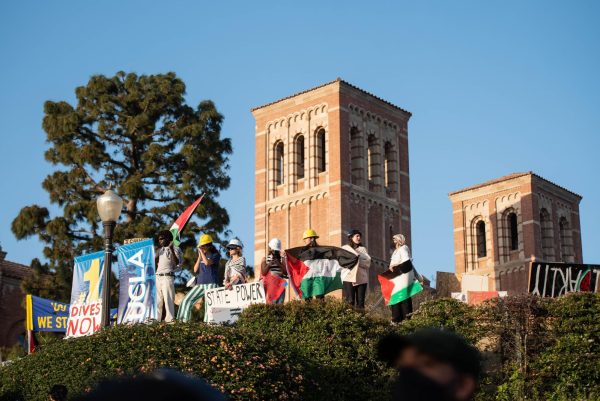Pakistan Faces the Harsh Consequences of Climate Change
Families trek for hours through knee-deep disease-riddled water to find clean food and water.
September 27, 2022
What were once lush fields and crops people of Sindh Province would tend for their daily meals and main form of income has been overtaken by an incomprehensible amount of putrid, disease-riddled water. Now, families lie awake in their tattered and torn homes wondering when help will come and when this nightmare will end. Most villages in Southern Pakistan are submerged under heaps of water, forcing families to evacuate North and live in inhumane conditions. Many families have had to make it work with 8 people in a makeshift tent built out of whatever they could salvage from the floods.
The floods have also caused diseases like malaria and dengue fever to spread like wildfire among the survivors. On top of this, food and clean water have been virtually impossible for people to get their hands on and prices have skyrocketed. Faiz Ali, a young 18 year old and the eldest son in his family, swims in the snake-riddled water to the market to bring back just enough potatoes, rice, and vegetables to tie over his starving family. They can’t afford to hire a boat to take them to the market, so this is their only option. “I’m afraid — I’m still afraid every time I go,” he shares (NY Times).
Children have suffered the most from this devastating event. It’s estimated that almost half of the 1500 people who died are children. In Moreso, over 33 million people have been displaced by the floods, their homes in ruins. Tragically, 300 villages and 40,000 miles of land are submerged underwater. Experts are saying that climate change is the culprit for this disastrous event. The high emission of greenhouse gases caused this year’s monsoon season to be much worse than before. Because of it, the glaciers of northern Pakistan are melting much faster than they previously were (NY Times). “I’ve been watching the event on the news,” explains Emily Soso (10), “it’s heartbreaking to see all those people having nowhere to go and no relief.”
Furthermore, the floods have damaged over 17,000 schools, making education for children in Pakistan far more difficult. Not only this, but families will be so focused on recovering the damage done and rebuilding their lives that school for their children will become a later priority for most parents. This is an especially major risk in rural Pakistan, where most villages are underwater and families are clinging to what they were able to save from the floods. It’s predicted that it will take 2 months for all the water to recede, but even after there’s dry land, Pakistan will need more aid than ever to recover what they lost in the flooding. National Flood Response and Coordination Centers are set up to donate over 10 million dollars to the Pakistani government for aid and recovery. Along with these centers, China and the UK have promised to do everything they can to help Pakistan get back on its feet (CNN).
Despite the heartache and trauma, Pakistan is coping with people have found a way to band together to help each other in these dire times. Imaan Moten (11), a student at Yorba Linda High School, has family in Pakistan. A family member of hers’ shared how “the floods have truly affected the whole nation, and while I don’t personally know anyone suffering because of it, I do know people who are doing everything they can to help organize aid movements.” With all of the support given to Pakistan and the community coming together to fix the damage caused, people all over the world are doing everything they can to help.











































